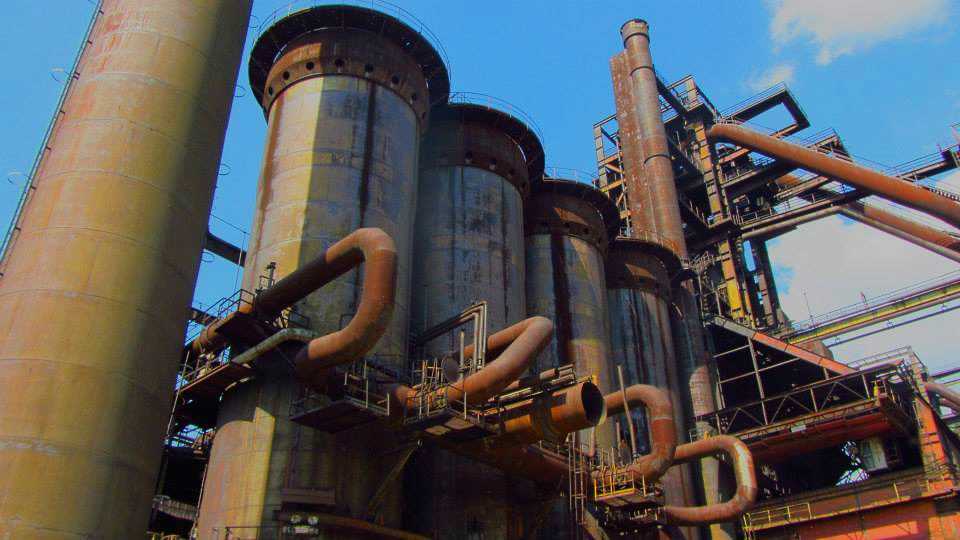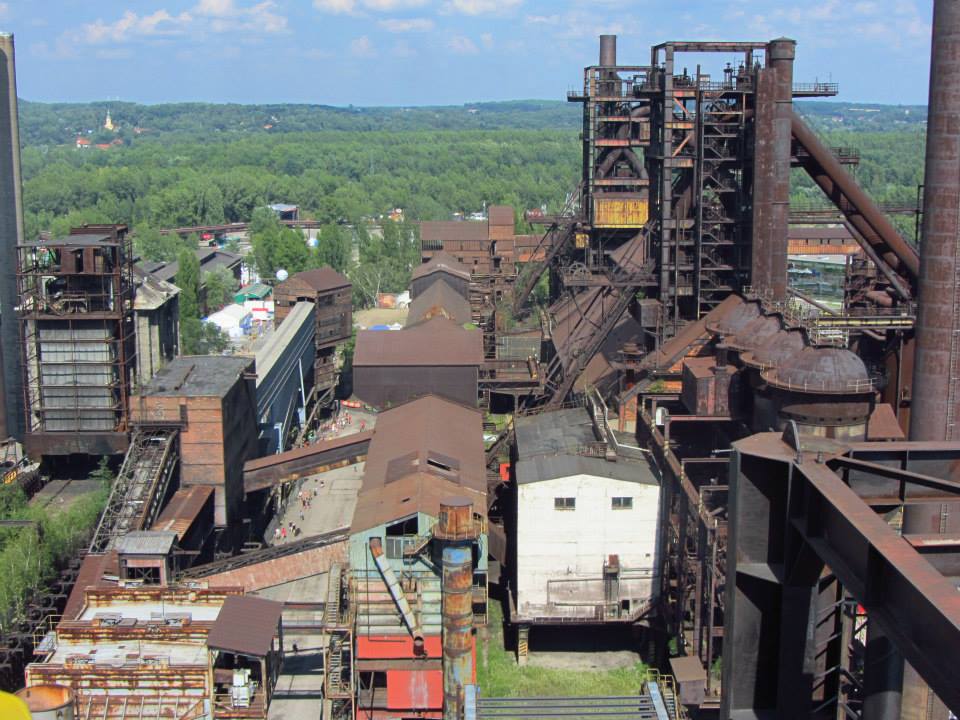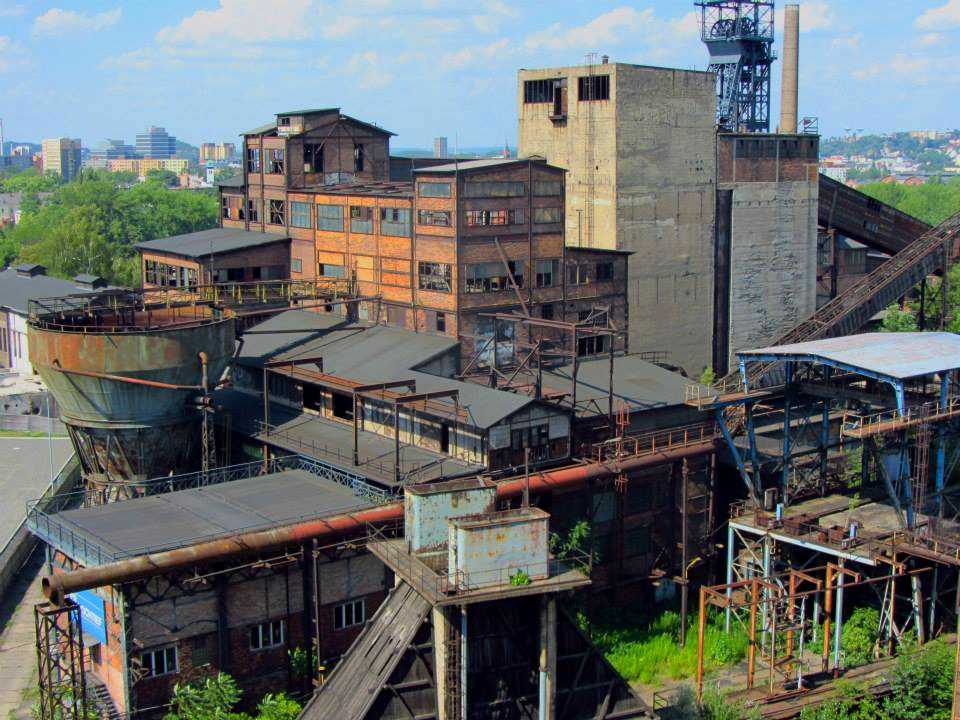A new museum will be created in the former industrial area at Dolní Vítkovice in Ostrava. It will preserve blast furnaces 4 and 6 and exhibit scientific, historical, technical and artistic exhibits from the national collections that are currently stored in depositories.
People who have visited the annual Colours of Ostrava festival in recent years may be familiar with the former ironworks adjacent to where the music stages are. The museum will help to preserve this area as cultural heritage.
In October 2019, the Moravian-Silesian region, the Czech Culture Ministry, the city of Ostrava and Dolní Vítkovice agreed to study the idea to create what will be called MUSEum+. A preliminary study of the idea has been completed and will be handed over to the Culture Ministry on July 17.
“We have fulfilled our promise, we have an idea study on the table. This material is an important basis for further steps that will lead to the implementation and creation of a new museum,” Moravian-Silesian Governor Ivo Vondrák (ANO) said.

“This project will enrich our region with a unique exhibition and educational institution and at the same time help save blast furnaces 4 and 6, which are part of the national cultural monument at Dolní Vítkovice. MUSEum+ will be created by their complete revitalization,” he added.
The concept study says that MUSEum+ should include modern infrastructure that will use cultural heritage sustainably. “I fully agree with the vision of the study, which says that the new museum will become a key element of regional development and that its purpose will be to improve living conditions. MUSEum+ will significantly contribute to increasing education and will have an impact on the attractiveness and economic development of the region and employment,” Vondrák added.
The feasibility study for the Moravian-Silesian region was prepared by its joint-stock company Moravian-Silesian Investments and Development (MSID). An international team of experts participated in the creation of the document, including Peter Weibl, an internationally respected authority in the field of museum studies and modern art.

“MUSEum+ is a perfect example of the future of museums. This new type of museum requires a different architecture and atmosphere, which is a combination of space for relaxation and study. MUSEum+ can become a great learning infrastructure. The description of MUSEum+ emphasizes creativity, inspiration and information intended for all generations and age groups,” Peter Weibl wrote in his analysis.
MUSEum+ will also share collections, work on educational concepts and participate in research. It will include a workplace for digitization, conservation and restoration of collection items.
The new institution is one of the strategic projects of the government’s Restart program focused on the restructuring of the Moravian-Silesia, Ústí nad Labem and Karlovy Vary regions.

The cost of construction is currently estimated at 2.5 billion CZK and the opening date is planned for the beginning of 2028. Construction and operation will be financed by the state from its budget with contributions from European resources.
Olomouc Archbishop Rudolf had the initial idea for an ironworks at Vítkovice on December 9, 1828. The operation of what was called Rudolf’s Smelter was launched in mid-September 1830, followed a a year later by a coke plant. The first blast furnace coke was ignited in 1836.
Eventually there were six blast furnaces. The last one shut down September 27, 1998. In 2002, the area was declared a national cultural monument. Tours have taken place since 2012. A gas tank from 1924 was converted into a multifunctional center in 2011–12 and is now called Gong. Concerts, exhibitions and meetings currently take place there.












 Reading time: 3 minutes
Reading time: 3 minutes 
























